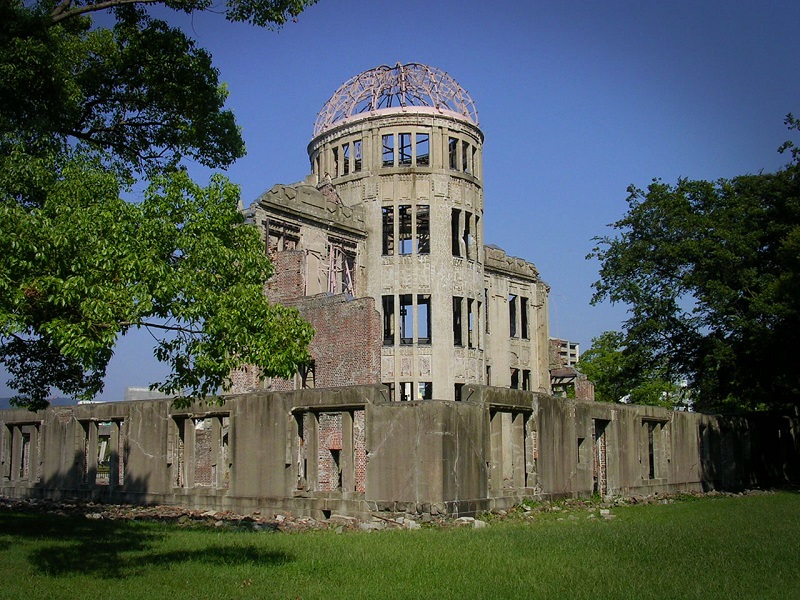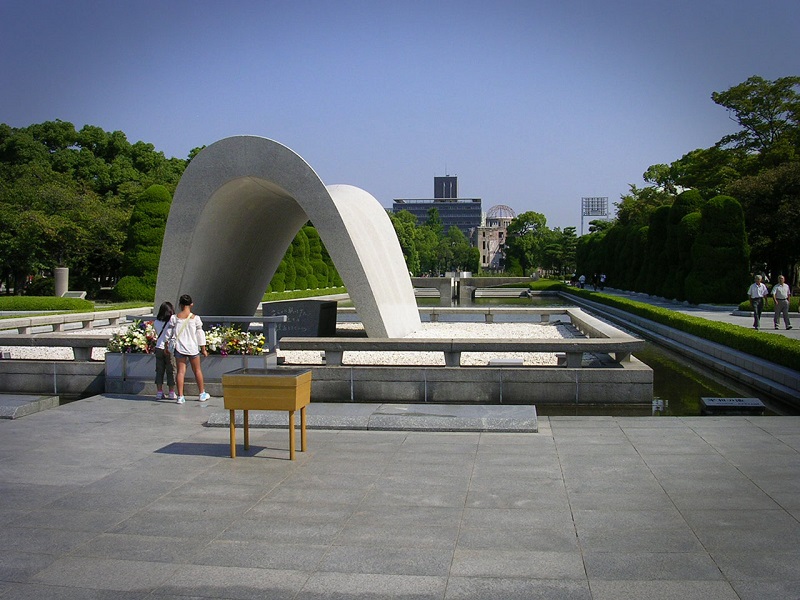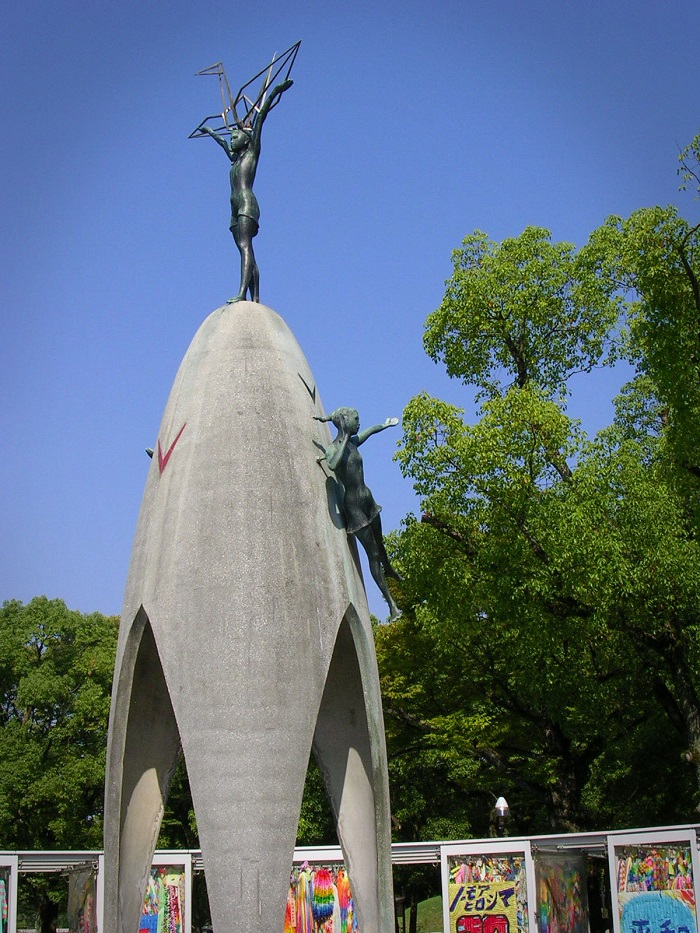Hiroshima, Japan Jan. 21 Tues 11:02PM
Rememberance
Hiroshima is a bustling modern city of over 1,100,000 people and is located towards the western/central part of the main island of Honshu. Today, the city is known for many things, such as its waterways, trolley system, a castle, and many, delicious specialty foods such as the famous dish Hiroshima yaki. Though the city is so much more than its dark legacy, Hiroshima will always be most known throughout the world as the first city in history to experience an atomic bomb. On August 6, 1945, Hiroshima was changed forever, and the history and significance of that day will forever be remembered. However, from this dark history comes an important message and message of peace that the residents try to keep alive. The history of the city is kept alive lest we forget the consequences of war, and as such they have created a museum and park to symbolize peace and as a memorial for the lives that were lost. The Atomic Bomb Dome is a major tourist attraction to countless visitors every year.
Peace Memorial Park
The Atomic Bomb Dome is part of a larger complex called the Peace Memorial Park (heiwa kinen kouen). Originally, the park was a major political and commercial center, but it is now redeveloped into a memorial park. It’s a beautiful, large park at over 120,000 square meters of trees, lawn, walking paths, and houses all the major attractions related to the bomb and its aftermath. The park site serves as a reminder of what was, and as a memorial for those who lost their lives, and it also has on its grounds Peace Memorial Museum.
Peace Memorial Museum
The Peace Memorial Museum is the main feature of the park and is full of very personal and graphic images, stories, and media that aims to portray the horrors of that fateful day on August 6th. The museum is comprised of two buildings that highlight the history of Hiroshima, and also of the remains from the nuclear war blast. I would encourage any visitor of Japan to have this experience and learn about this important lesson in history. The stories from survivors (hibakusha) of their first hand accounts of what they experienced is truly heart wrenching and even overwhelming at times.
Atomic Bomb Dome

This most famous building of the site and symbol of the bomb is also known as the ‘Hiroshima Peace Memorial’. The Japanese refer to it as the 'genbaku domu', and it is a UNESCO World Heritage Site.
The Dome, once used as the Prefectural Industrial Promotion Hall, is significant because although it was at the very center of the blast, it remained standing. Many wonder how this was possible. Experts suggest that since the force of the blast above the dome was mainly downward (being at the center of the blast), the walls were spared and the building was left standing, however nothing within the walls was spared. It has become a symbol of both the destructive capacity of man, as well as the will and strength to endure. The building also stands as a reminder for the consequences of nuclear war, and this building, as well as the survivors, stand as a marker of hope, and speak and advocate for peace. Although environmental forces provide challenges for keeping the dome in the exact same form as its original destruction, it is important to keep the dome is maintained and preserved and many technologies and strategies have been implemented to do so.
Cenotaph for A-bomb Victims

Near the dome is the Cenotaph for the atomic bomb victims. It contains the names of all 220,000 victims who died not only from the blast, but from the later radiation effects. Under the arch is a flame, which, it is said will not be extinguished until the last nuclear weapons are gone from the earth. A special ceremony is held every year on the exact day and time of the bombing.
Peace Bell and Children’s Memorial

The Peace Bell and also the Children's Memorial are also extremely important to visit. The glass boxes contain thousands of origami paper cranes, folded by schoolchildren across Japan in memory of bomb victim Sadako Sasaki, whose story is famous among Japanese as one of both hope and grace.
